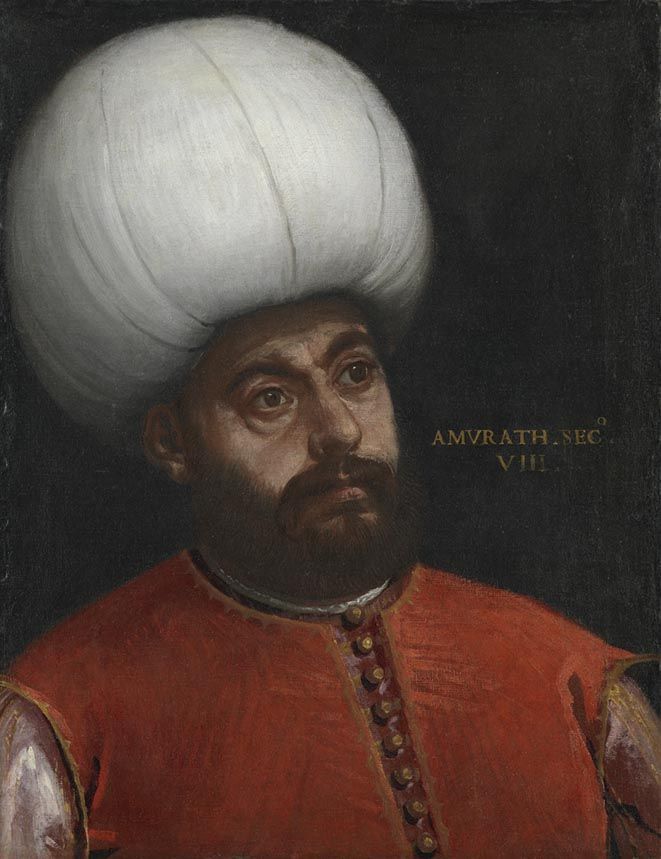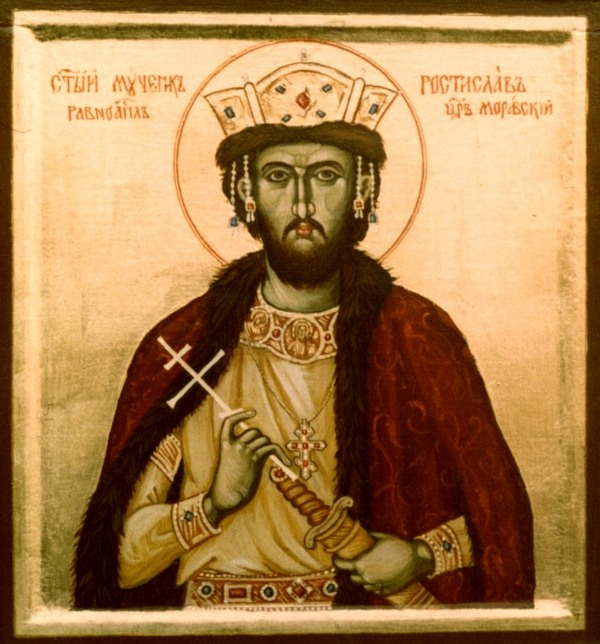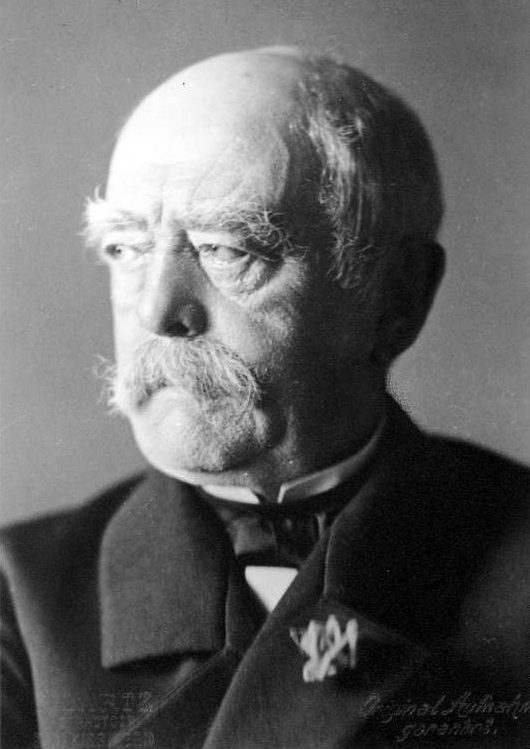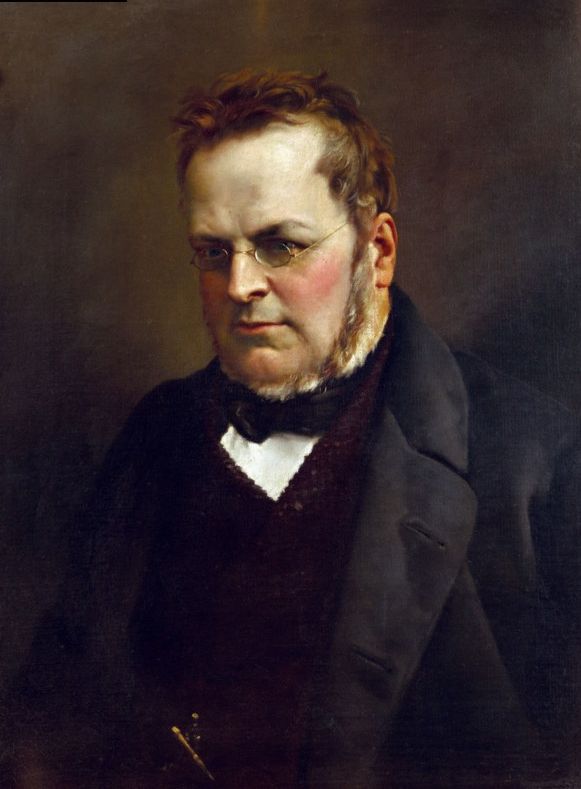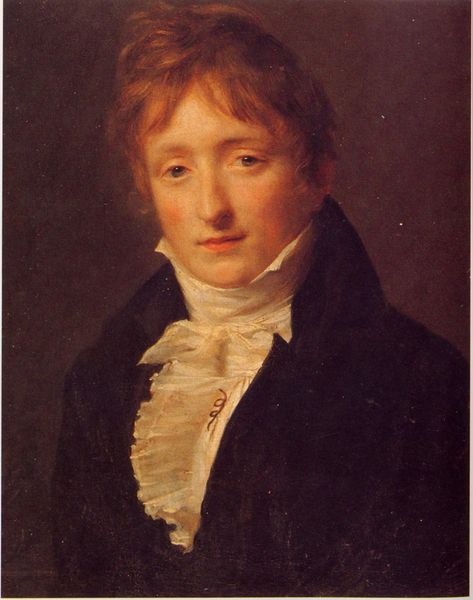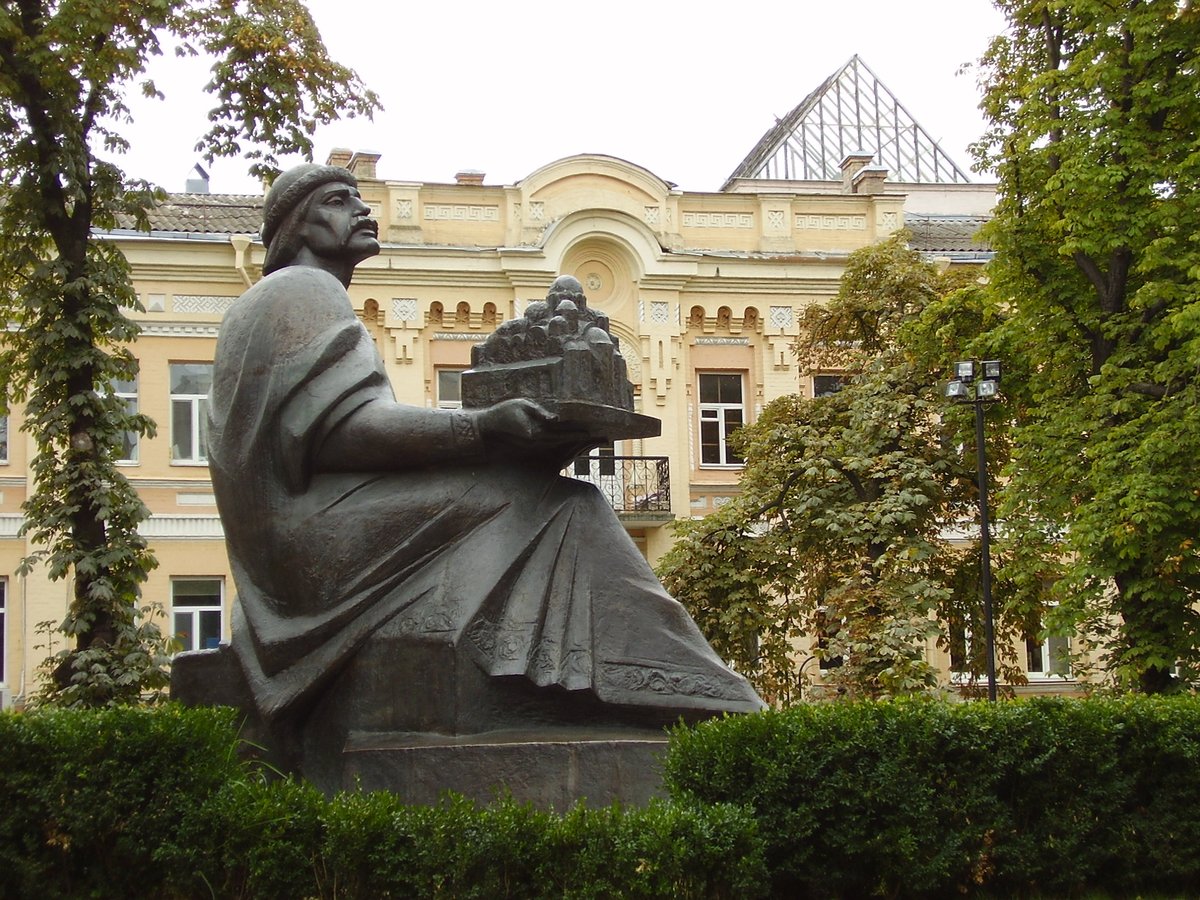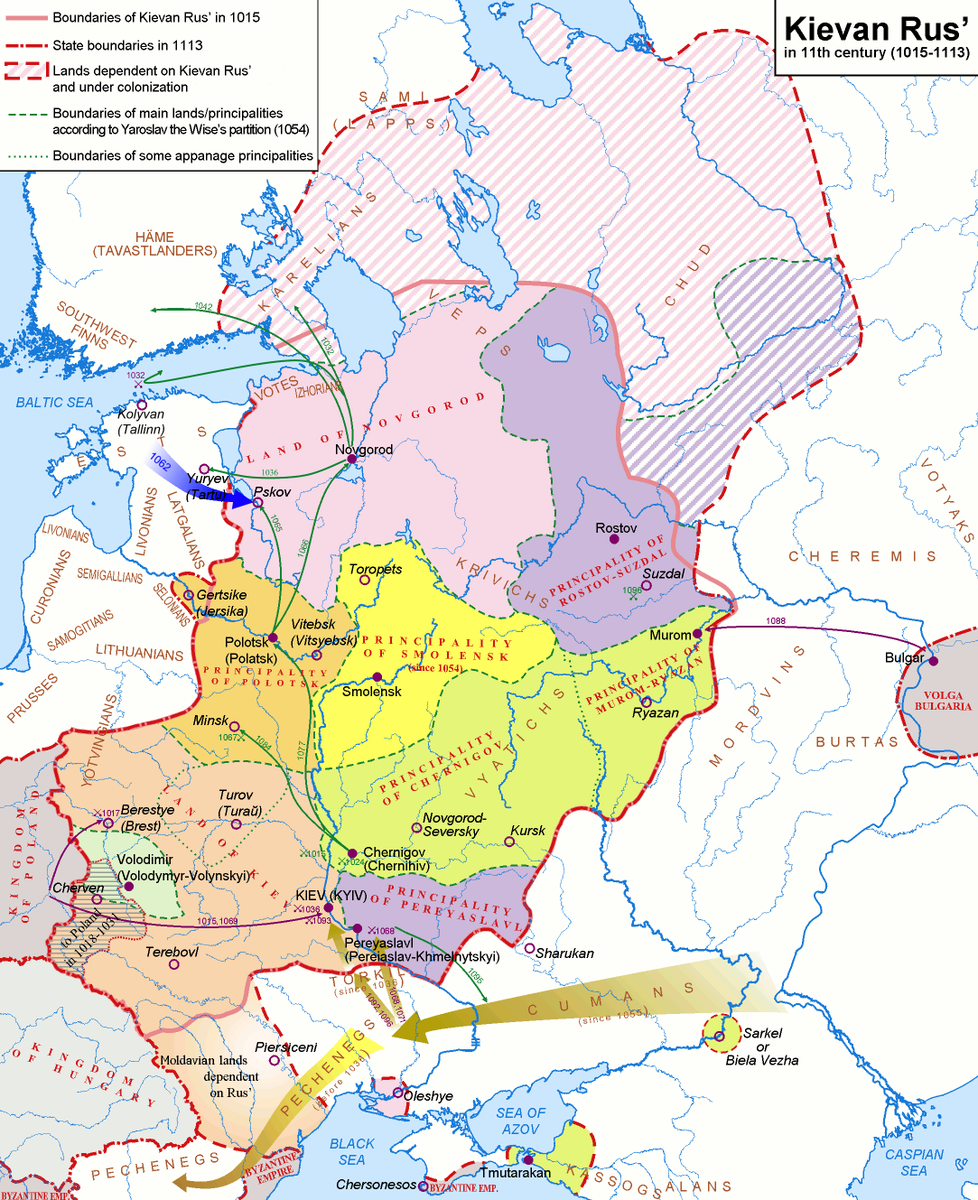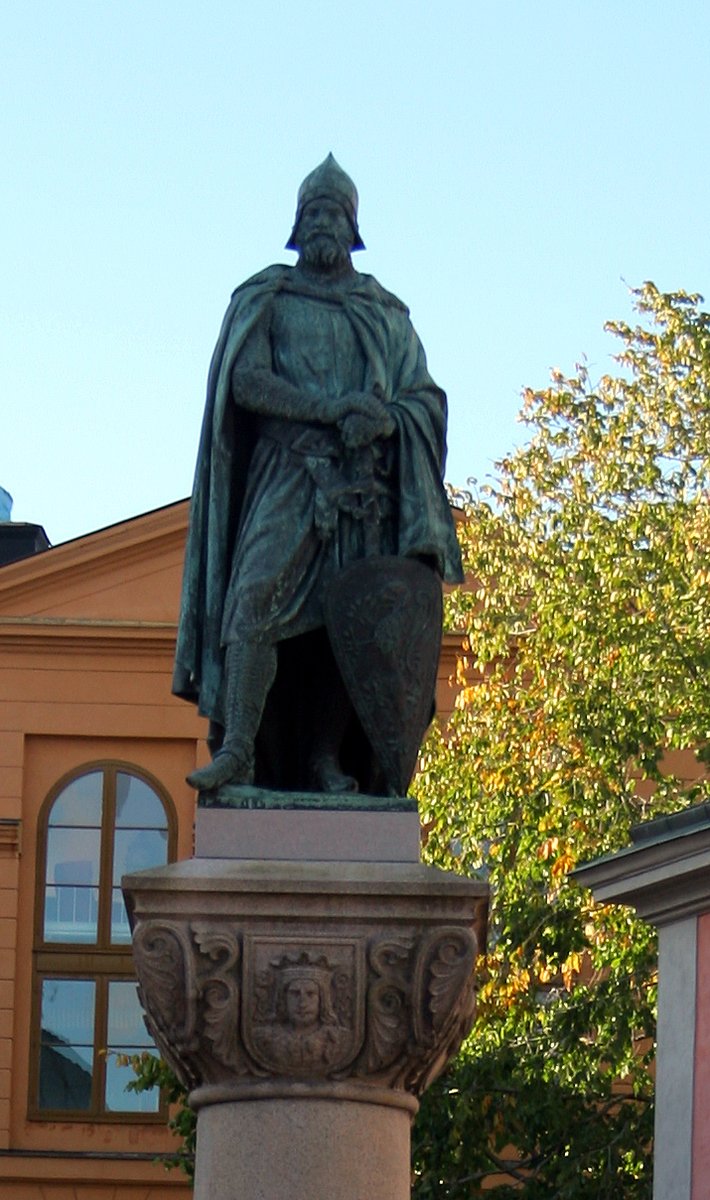A princess of a once great nation,
A queen who set her sight for return to glory of the past and,
A murder that led to the nation's collapse.
Story in the evening ...
A queen who set her sight for return to glory of the past and,
A murder that led to the nation's collapse.
Story in the evening ...
https://twitter.com/Arby_K/status/1387957412133408773
Amalasuintha was born around 493 to Theodoric, King of the Ostrogoths, and Audofledis of the Franks. Her uncle Chlodovech was the King of the Franks and her illegitimate half sister Theodegothia was married to King Alaric of the Visigoths. 1/10 

After the collapse of the Roman Empire in the West, it was quickly eaten up by the many Germanic tribes that supplied soldiers for the Empire. The Franks ruled over Gaul, the Visigoths in Hispania, while Theodoric conquered the Italian peninsula in 493. 2/10 

With no brothers, Amalasuintha was destined to play a major role in the future of Italy and was educated well. She married another Ostrogothic noble, Eutharich, in 515. In 519, Eutharich became the Consul of Rome along side the Emperor of the East, Iustinus. 3/10 

Eutharich was seen as the heir presumptive for his father-in-law, but his death in 522 threw a monkey wrench into those plans. Theodoric himself died in 526. which brought Amalasuintha's son, Athalaric, to the throne, though Amalasuintha was the effective ruler as Regent. 4/10 

Amalasuintha continued to maintain her good relation with Constantinople. Emperor Iustinus had died in 527 and his nephew, Petrus Sabbatius, had become the Emperor with the regnal name Iustinian. She faced resistance among the Ostrogothic nobles for her pro East diplomacy. 5/10 

In 533, Constantinople used Ostrogothic Sicily as a launching pad for their invasion of Africa, then ruled by the Vandals. Amalasuintha continued to face resistance in Italy as she put to death three nobles suspected of plotting against her. 6/10 

Her son's death in 534 made Amalasuintha's position in Italy even more precarious. She invited her cousin Theodahad to become King. But Theodohad seized power and had his cousin sister killed instead. 7/10 

The assassination of his uncle's Consular colleague's wife gave Emperor Iustinian enough reason to invade Italy. With his army having conquered the Vandal nation, he set them against the Ostrogoths. Theodahad met his death, trying to escape the Byzantine forces, to Ravenna. 8/10 

Vitiges, who married Amalasuintha's only surviving child, Matasuntha, became the new King, but the Byzantine forces had him and his wife captured in 540. Totila, who was elected as King in 541, would regain much of the lost land, but only to lose it again in 552. 9/10 

The Kingdom of Italy ended the next year in 553. But Byzantine control over the peninsula would be temporary, with Lombards conquering most of the peninsula. The Italian peninsula would be united as a single nation after that, only in 1861. 10/10 

• • •
Missing some Tweet in this thread? You can try to
force a refresh


